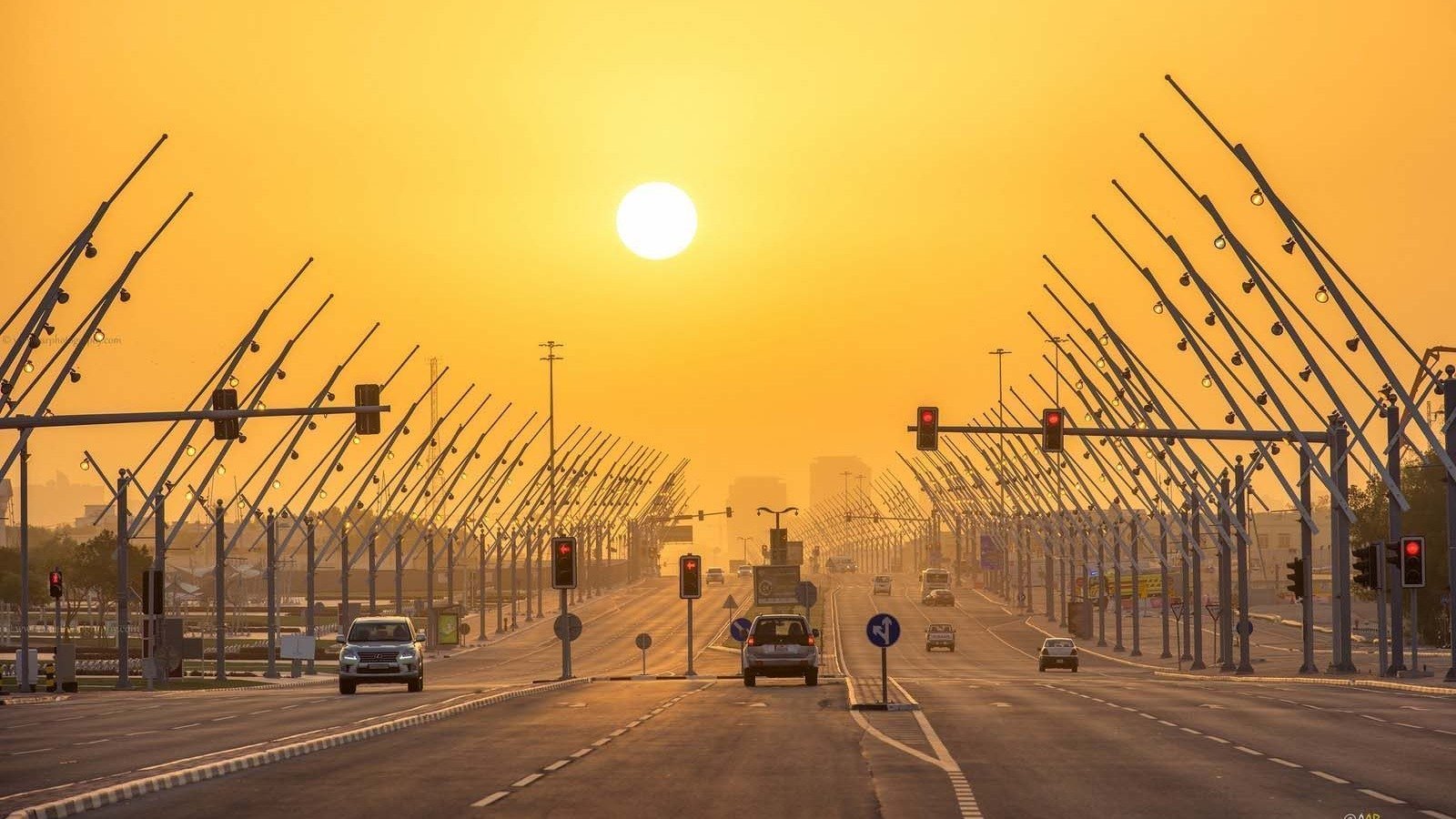In the heart of the Arabian Peninsula lies Qatar, a land known for its rich culture, futuristic skyline, and thriving economy. Yet, amid the fascination with this dynamic nation, misconceptions about its climate often prevail. One of the most persistent myths is that Qatar endures scorching temperatures year-round due to its desert climate. But is this assertion grounded in fact or fiction? Let's delve into the truth behind Qatar's climate to separate reality from misconception.
The first thing to understand is that Qatar does indeed possess a desert climate, characterized by arid conditions, minimal rainfall, and high temperatures. Summers in Qatar can indeed be blisteringly hot, with temperatures soaring well above 40°C (104°F). This heat can be intense and challenging, particularly for those unaccustomed to desert environments. However, portraying Qatar as a perpetually sweltering furnace year-round oversimplifies the reality of its climate.
Contrary to popular belief, Qatar experiences distinct seasonal variations. While summers are undoubtedly hot, with temperatures peaking between May and September, the country undergoes a noticeable shift in climate during the cooler months. From November to March, Qatar enjoys milder temperatures, making it an ideal time for outdoor activities and exploration. Winters are characterized by pleasantly warm days and cooler nights, offering respite from the summer heat.
Moreover, Qatar benefits from its strategic location along the coast of the Arabian Gulf. The proximity to the sea moderates temperatures and contributes to a more temperate climate compared to inland desert regions. Coastal areas like Doha, Qatar's capital, often experience slightly cooler temperatures and higher humidity levels, providing relief from the searing heat of the desert interior.
Another factor to consider is the increasing emphasis on sustainability and climate resilience in Qatar's development agenda. The nation has implemented innovative measures to mitigate the impact of extreme heat, including the construction of eco-friendly buildings, green spaces, and advanced cooling technologies. These initiatives not only enhance the livability of urban environments but also contribute to Qatar's commitment to environmental stewardship.
Furthermore, Qatar has become a global leader in climate change adaptation and mitigation efforts. The country is actively investing in renewable energy projects, such as solar power, to reduce its carbon footprint and transition towards a more sustainable future. Initiatives like the Qatar National Vision 2030 underscore the nation's proactive approach to addressing climate challenges and fostering long-term resilience.
In conclusion, while it is true that Qatar has a desert climate characterized by hot temperatures, the notion of scorching heat year-round oversimplifies the reality of its climatic conditions. Qatar experiences distinct seasonal variations, with milder temperatures during the winter months and mitigating factors such as coastal influences and sustainability initiatives. By dispelling misconceptions and embracing the complexities of its climate, Qatar reaffirms its position as a forward-thinking nation committed to sustainability, innovation, and environmental stewardship.





















